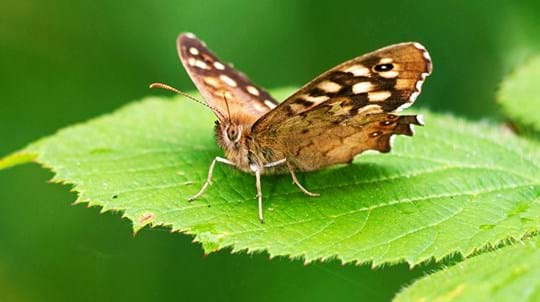
Credit: David Whitaker / WTML
Where do green hairstreaks live?
Thanks to their varied diets, green hairstreaks can be found in a wide range of habitats. They are often found in woodland clearings, grassland habitats, heathland and moorland. They are widespread across the UK, although there has been a steady decline in the abundance of green hairstreak at monitored sites.








